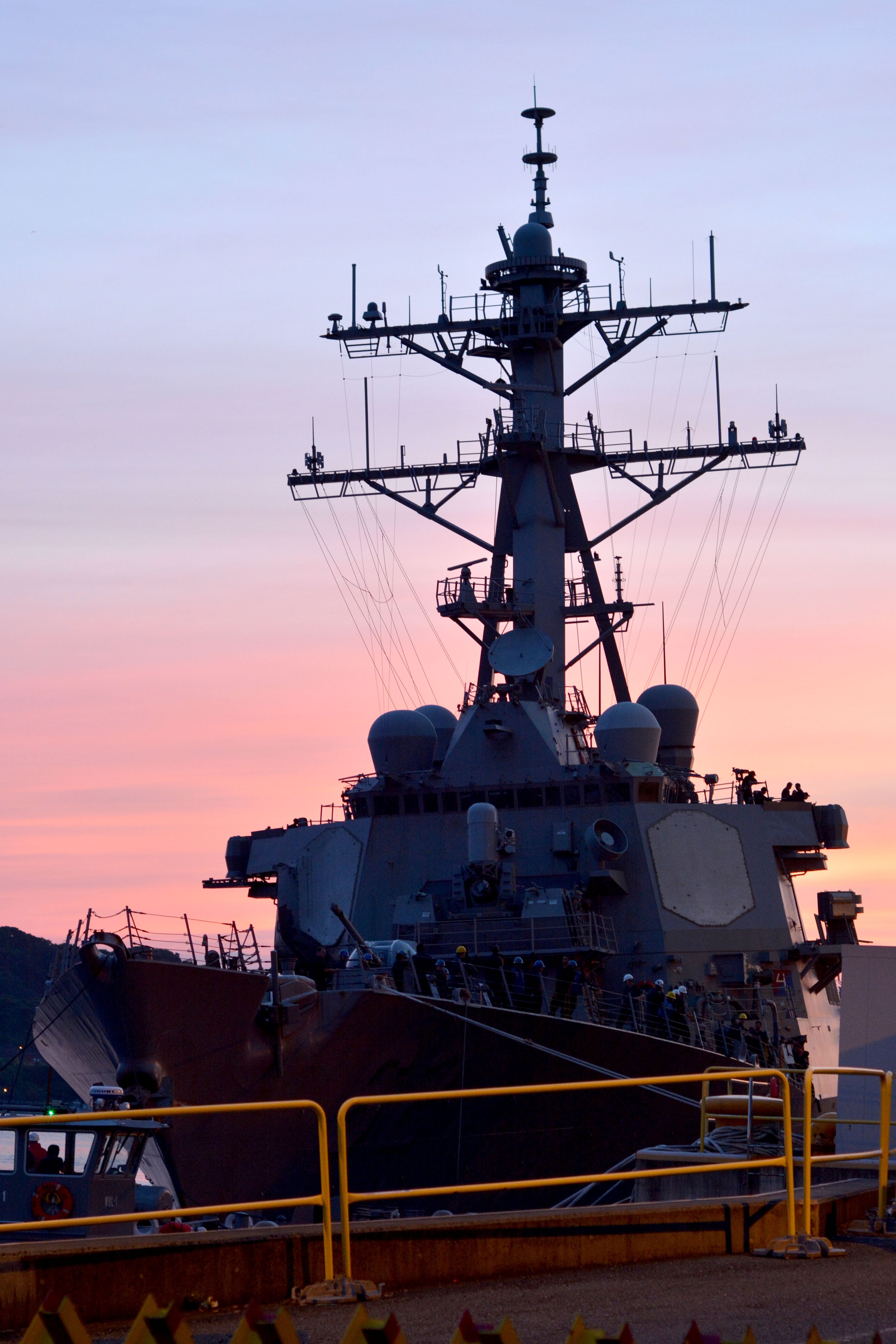
Navy Identifies 7 Sailors Lost in USS Fitzgerald Collision
This post was updated with identities of the seven U.S. sailors who died in the Friday collision and a statement…
Copyright 2024 U.S. Naval Institute. All Rights Reserved.